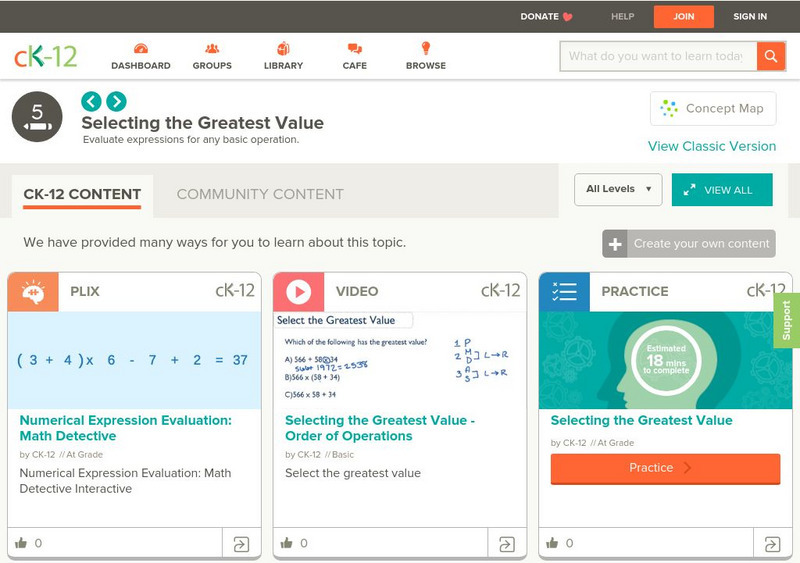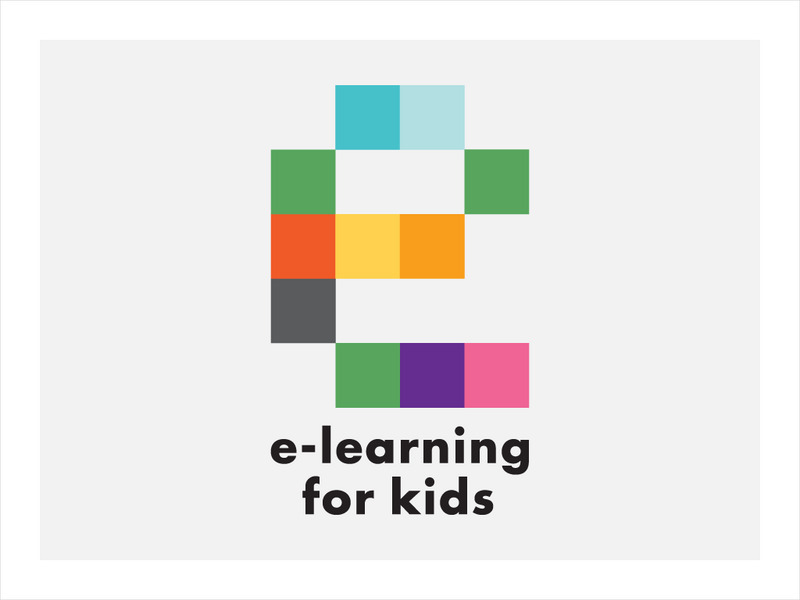Curated OER
Unifying Unlike Denominators
Students play roll of fictional radio disk jockeys. They allocate their daily program time into fractional time slots for the playing of specified catagories of music and commercial advertisements.
Curated OER
Patterns, Relations And Functions
Fourth graders observe patterns and determine a mathematical function that creates the pattern. Through a demonstration by the teacher, they observe strategies such as multiplication, division, addition, and subtraction to use when...
Curated OER
Basic Sense
Fifth graders add fractions. After a class discussion on real life application of fractions, the teacher uses fractions strips to model adding fractions. In pairs, 5th graders model adding fractions by drawing diagrams. They justify...
Curated OER
Invasive Species
Students use the Internet to research non-native plants that exist in their local community. Using this information, they analyze the invasive species effect on their environment. In groups, they plan and execute their own project to...
Curated OER
Measuring a Mummy Case
Students practice how to calculate volume using mummy cases. They measure using ancient Egyptian, U.S., and metric systems. They explore how to convert measurements into different systems, and discuss ratios.
Curated OER
T-Races
Students are divided into teams to practice their math facts. They use t-charts to solve problems. They must show all of their work to win the race.
Curated OER
Learning by Sorting
Students sort Lego Duplo pieces after determining the attributes to classify them by. They work in pairs to sort a group of Duplo pieces and explain their process to others.
Curated OER
Exercising the Franchise! The Right to Vote
Students research Canadian election procedures, identify candidates and corresponding political platforms for current elections and hold mock elections. They develop a written report about a specific political party.
Curated OER
Musical Hoops
Students use locomotor skills to move to a hoop, where they solve a math problem, and use a locomotor skill to return to the beginning spot.
Curated OER
Charting The Progress of New Horizons
Students explore the long distances and timescales involved in space travel. They track the progress of the New Horizons spacecraft and access the New Horizons website to discover the distance of the spacecraft from the Sun, and then...
Curated OER
To Vote or Not To Vote
Ninth graders discuss if it was worth some groups fighting for the right to vote. In groups, they participate in a debate in which they discuss whether the right to vote is a responsiblity by its members. They create their own piece of...
Curated OER
Alternative Alphabet
Students determine and compare hieroglyph content and frequency to sentences constructed in an alternative alphabet based on symbols that mimic sounds of the alphabet. They decide which images are hieroglyphs and which ones are not.
Curated OER
A Matter of Proportion
Young scholars measure the relative heights of the mosaic giraffe and its trainer and compare their proportions to an actual giraffe and zoo trainer.
Curated OER
Who's Going to the Convention?
Students practice planning budgets as they create a budget for ten employees of a company to attend a professional convention. They use the Internet, and spreadsheet software to complete their assignment.
University of Regina (Canada)
University of Regina: Math Central: Performance Stations in Math: Grade 6
The Saskatoon Board of Education provides teachers with this collection of grade six math performance stations. Although several of the stations have been designed as assessment tools for the Saskatchewan curriculum, teachers may also...
University of Regina (Canada)
University of Regina: Math Central: Performance Stations in Math: Grade 7
The Saskatoon Board of Education provides teachers with this collection of grade seven math performance stations. Although several of the stations have been designed as assessment tools for the Saskatchewan curriculum, teachers may also...
University of Regina (Canada)
University of Regina: Math Central: Performance Stations in Math: Grade 8
The Saskatoon Board of Education provides teachers with this collection of grade eight math performance stations. Although several of the stations have been designed as assessment tools for the Saskatchewan curriculum, teachers may also...
University of Regina (Canada)
University of Regina: Math Central: Performance Stations in Math: Grade 9
The Saskatoon Board of Education provides teachers with this collection of grade nine math performance stations. Although several of the stations have been designed as assessment tools for the Saskatchewan curriculum, teachers may also...
Student Achievement Partners
Illustrative Mathematics: Addition and Subtraction Fluency Set of Tasks [Pdf]
Students explore the relationship between addition and subtraction and develop an understanding of decomposing numbers in different ways in this first-grade lesson plan.
Other
Ohio Department of Education: Fifth Grade Achievement Test (Practice Test) [Pdf]
Half-length practice test for the third grade OAT (Ohio Achievement Test). The test includes 17 multiple-choice and 3 open-response question dealing with topics such as measurement (unit conversion, time), geometry (volume, area), data...
Khan Academy
Khan Academy: Converting Repeating Decimals to Fractions 1
Practice converting 1- and 2-digit repeating decimals into fractions. Students receive immediate feedback and have the opportunity to try questions repeatedly, watch a video, or receive hints.
CK-12 Foundation
Ck 12: Elem Math: Selecting the Greatest Value
[Free Registration/Login may be required to access all resource tools.] A learning module where students must look at four number sentences with the same numbers and operations signs but different placement of parentheses, and follow the...
E-learning for Kids
E Learning for Kids: Math: Eiffel Tower: Number
Sophia is making a trip to the Eiffel Tower. Join her and count all the numbers!
Better Lesson
Better Lesson: What Are Our Norms for How We Listen?
This lesson helps build a strong culture of problem solvers, and it can work as an introduction in 1st grade or as a Kindergarten lesson!


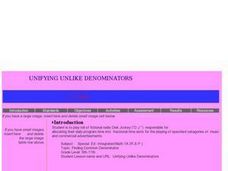






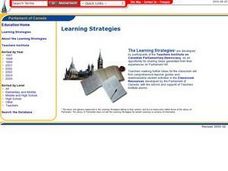
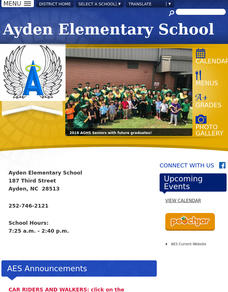




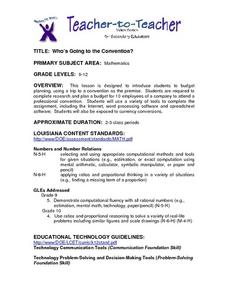
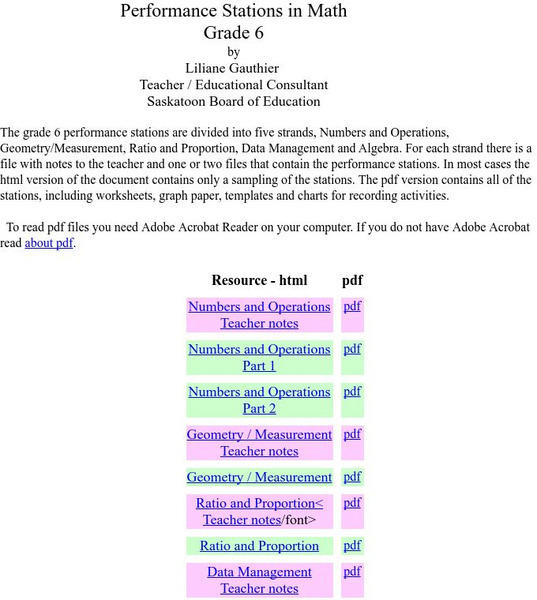


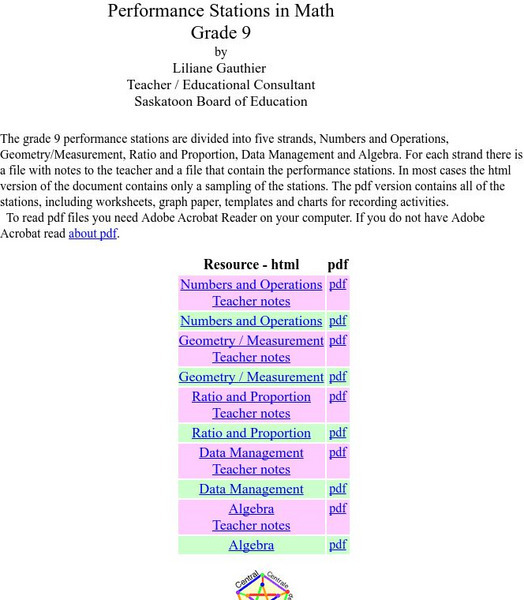
![Illustrative Mathematics: Addition and Subtraction Fluency Set of Tasks [Pdf] Lesson Plan Illustrative Mathematics: Addition and Subtraction Fluency Set of Tasks [Pdf] Lesson Plan](https://d15y2dacu3jp90.cloudfront.net/images/attachment_defaults/resource/large/FPO-knovation.png)

